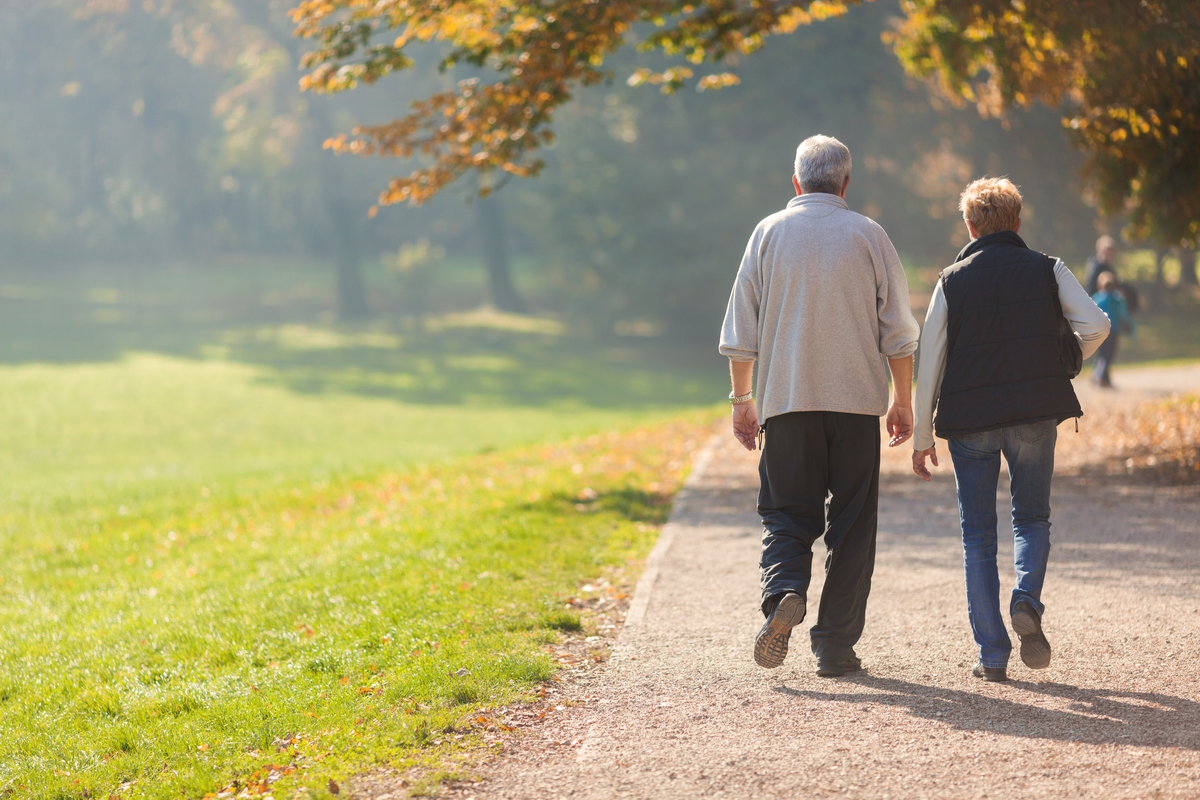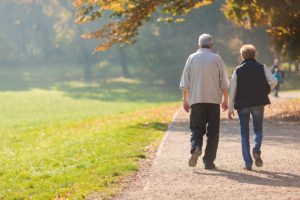
Understanding The Role Of Exercise In Senior Care: Facilities That Offer Fitness Programs
20 Feb, 2025
Senior Care
Exercise is a crucial component of senior care, offering numerous physical, mental, and emotional benefits. As aging adults face mobility challenges, chronic illnesses, and cognitive decline, staying active can help maintain independence, improve quality of life, and enhance overall well-being. Many senior care facilities now incorporate specialized fitness programs to promote health and longevity among residents.
In this article, we’ll explore the importance of exercise for seniors, the different types of fitness programs available in senior care facilities, and how to find a facility that prioritizes physical activity.
1. The Importance of Exercise in Senior Care
a. Physical Health Benefits
Regular physical activity can help seniors:
- Improve cardiovascular health by reducing the risk of heart disease and stroke.
- Maintain bone density and reduce the risk of osteoporosis and fractures.
- Enhance balance and coordination, reducing the likelihood of falls.
- Manage chronic conditions such as arthritis, diabetes, and hypertension.
- Boost immune function to fight infections and illnesses.
b. Mental and Cognitive Benefits
Exercise has been shown to:
- Improve cognitive function and memory, reducing the risk of dementia and Alzheimer’s disease.
- Boost mood by increasing endorphin levels, helping to combat depression and anxiety.
- Promote better sleep patterns, improving overall rest and recovery.
c. Social and Emotional Benefits
Group fitness classes and outdoor activities provide seniors with opportunities to:
- Build friendships and reduce social isolation.
- Increase confidence and motivation to stay active.
- Participate in enjoyable and fulfilling activities that enhance overall happiness.
2. Types of Fitness Programs in Senior Care Facilities
Many assisted living communities, nursing homes, and convalescent centers offer a variety of exercise programs tailored to seniors’ needs.
a. Low-impact aerobic Exercises
These activities help maintain cardiovascular health while being easy on the joints:
- Walking programs: Many facilities offer group walks or guided treadmill sessions.
- Chair aerobics: A seated workout that improves circulation and flexibility.
- Water aerobics: Aquatic exercises that reduce strain on joints while providing resistance training.
b. Strength and Resistance Training
Building muscle strength is crucial for seniors to maintain mobility and prevent falls:
- Light weightlifting using dumbbells or resistance bands.
- Bodyweight exercises such as seated leg lifts or standing calf raises.
- Balance exercises to improve coordination and stability.
c. Flexibility and Mobility Exercises
These activities help reduce stiffness and maintain range of motion:
- Yoga and Tai Chi: Gentle movements that improve flexibility, balance, and relaxation.
- Stretching routines to keep muscles and joints supple.
- Posture exercises to support spinal alignment and reduce pain.
d. Specialized Exercise Programs
Some facilities offer tailored programs for seniors with specific health concerns:
- Parkinson’s exercise programs to improve mobility and strength.
- Cognitive fitness exercises that combine physical activity with brain-stimulating tasks.
- Rehabilitation exercises for post-surgery or injury recovery.
3. How to Find a Senior Care Facility with Fitness Programs
If you’re looking for a senior care facility that prioritizes physical activity, consider the following factors:
a. On-Site Fitness Facilities and Equipment
Check if the facility has:
- A dedicated gym or fitness center with senior-friendly equipment.
- Outdoor walking trails or gardens for leisurely strolls.
- An indoor pool for water-based exercises.
b. Certified Fitness Instructors and Therapists
Ensure that the facility employs:
- Certified personal trainers specializing in senior fitness.
- Physical therapists who can design rehabilitation programs.
- Occupational therapists who assist with mobility training.
c. Variety and Frequency of Classes
- Does the facility offer a diverse range of activities?
- Are classes scheduled regularly to keep seniors engaged?
- Are there individualized workout plans for residents with different needs?
d. Social Engagement Opportunities
- Does the facility offer group fitness classes to encourage socialization?
- Are there community events focused on wellness and physical activity?
4. Leading Senior Care Facilities Offering Fitness Programs
Many senior care communities and wellness centers are now integrating fitness programs into their daily routines. Some examples include:
- Brookdale Senior Living: Offers a signature “B-Fit” exercise program designed specifically for seniors.
- Atria Senior Living: Provides yoga, strength training, and balance-focused exercises.
- SilverSneakers Program: Available in many senior communities, this program offers specialized fitness classes for older adults.
- Local Health and Wellness Centers: Some rehabilitation and convalescent homes partner with wellness centers to offer structured exercise programs.
5. Encouraging Seniors to Stay Active
If your loved one is hesitant to exercise, here are some ways to encourage them:
- Make it fun: Choose activities they enjoy, such as dancing, gardening, or light stretching.
- Set realistic goals: Start with small, achievable fitness milestones.
- Participate together: Family members can join walking sessions or chair yoga to provide motivation.
- Emphasize the benefits: Highlight how exercise improves daily activities, from getting out of bed to playing with grandchildren.
Conclusion
Exercise is a vital part of senior care, promoting physical health, mental clarity, and emotional well-being. With a growing number of senior care facilities offering structured fitness programs, older adults now have more opportunities than ever to stay active and engaged.
When choosing a facility, it’s essential to ensure that exercise programs are available and suited to the resident’s needs. By prioritizing physical activity, seniors can enjoy a higher quality of life, greater independence, and improved overall health.
If you’re considering an assisted living or nursing home facility for your loved one, be sure to ask about their fitness offerings and wellness initiatives. Staying active is key to aging gracefully and living life to the fullest!
Leave a Comment